

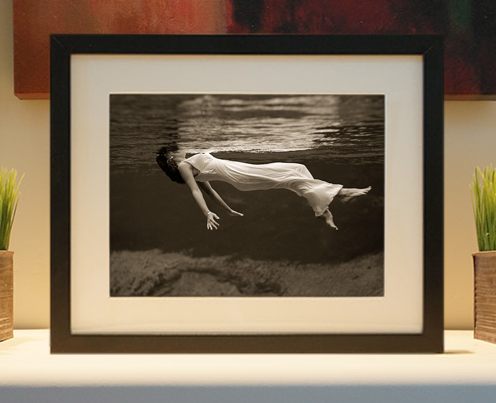
Framed or unframed, desk size to sofa size, printed by us in Arizona and Alabama since 2007. Explore now.
Shorpy is funded by you. Patreon contributors get an ad-free experience.
Learn more.

- Lofty addition
- In 1912
- Keenan Building
- Six years old
- Taken from the P.J. McArdle Roadway?
- It stood only 47 years
- Three track mind
- Incline to the right
- Reach for the sky, 1912 style
- No clean sweep
- Same Job Title, Same Face
- Sadly Lost
- Beautiful ...
- Where you get your kicks
- Aim High
- Pueblo Revival sisters
- Pueblo Neoclassicism
- Milk Man
- Regional dialect.
- Spielberg's inspiration
- Great Photo
- Loaf Story
- Do you still have the Rakes category?
- Could almost be a scene from the 1957 movie 'Hell Drivers'
- The Wages of Fear.
- Conspicuous by their absence
- Got Milk?
- All that aluminum
- No lefties
- Smoke 'em if you've got 'em
Print Emporium
The Banana Wagon: 1943
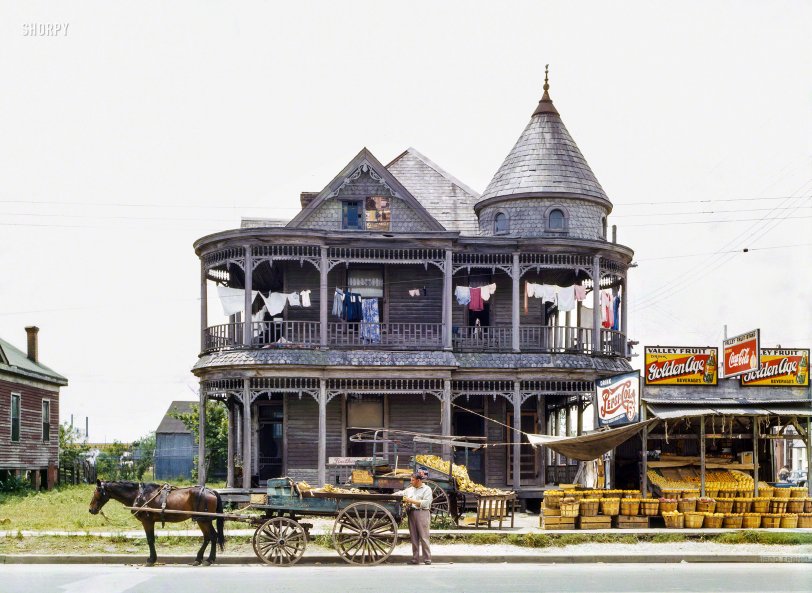
2017 UPDATE: The man is fruit vendor Abe Cweren, who came to America from Poland in 1922. (Originally posted in 2007.)
May 1943. Houston, Texas. "Old house with fruit stand on Franklin Street." 4x5 inch Kodachrome transparency by John Vachon. View full size.
The view today
Just a bit different. I-59/69 to the left, Minute Maid Stadium on the right. The property at Hamilton & Franklin long since becoming a parking lot.

Turret to Nowhere
I'm going to theorize the porches and Victorian doodads were added later to a simple, pre-existing structure. I can't imagine anyone designing a house with that "turret to nowhere" from scratch; it simply stops at the porchline. It's begging to be extended down the whole height of the house.
Granddaughter of Peddler
My late father always talked about his father, Abe Cweren, and his horse and wagon on Franklin Street. I was so excited to see this part of my family history. My dad's portrayal came to life. Wish there were more.
Shout-out to the nice lady who took the time to find me and send me this photo. I am beyond thrilled to have this piece of history to show my four children.
Abe Cweren, fruit dealer.
In the picture is likely Abe Cweren. He wrote on his wagon "Jockey Cweren -- Kentucky Derby." He came from Poland in 1922 and was a fruit peddler. He had two sons and they went on to have a very successful business, Greater Houston Iron & Metal Company. I sent the photo along to his grandchildren in case they'd never seen it.
Fredericks House
The earliest owner of this house I have been able to find is Gus Fredericks, the owner of a jewelry store, as listed in the U.S. Census of 1900. His wife was Lottie and they had three children: John, Pierce, and Julia. His sister Louise Wagner and her daughter Lilian were also living there along with another nephew Gus B. Fredericks.
I believe the correct address is 1902 Franklin Avenue. The curb sign for 1900 Franklin Street identifies the block in Houston. The layout of the house on the property at 1902 Franklin Ave., shown below, matches the photo shown in this Shorpy image.
This picture below is from the 1907 Sanborn Map of Houston, Volume 1, Sheet 11. The link to the original picture is below. If you click on the image that opens it will magnify the picture. There was another smaller house here that this one replaced sometime between 1896 and 1907. The address was originally 242 Franklin on earlier Sanborn Maps.
http://www.lib.utexas.edu/maps/sanborn/g-i/txu-sanborn-houston-1907-vol1...
The property was approximately 80' X 100' and was on the Southeast (South directionally) corner of Franklin (a brick street) and Hamilton (a gravel street). It was just a block from Firehouse Number 10 which had 7 men, 4 horses, one hose wagon, one steamer, and 2000' of hose. There was a stable at the back of the Fredericks property.
The circular turret on the third floor is interesting because it does not look like there is any way to enter it. The Sanborn drawing shows the house as two floors, so perhaps the entire third floor is just a crawl space or attic area.
In 1940, Rudolph Martinez was living here with his wife, Candalanca, and son Rudolph Jr. Living with them were Rudolph's sister Isabell Samora and her two children, Raymond and Joe Louis. Rudolph was 30 years old and a chef at a night club. Perhaps that's Rudolph behind the fruit cart in the street.
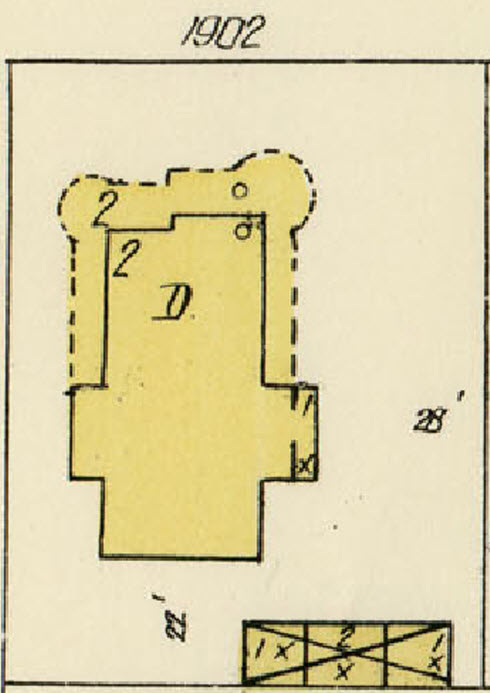
White Out
Even Kodachrome shows the Houston summer sky as being white, not blue or gray. I've tried to explain this to people who've never lived there, and they find it hard to believe that it could be sunny and white-skied. My rejoinder is "Head there in August."
Modeling help?
Does anyone have any other angles of this wonderful structure, since it no longer stands? I would love to try and model this structure. Thanks Pat
Attic Window
Can anyone comment on the odd 3rd floor window? It's as if some picture has been pasted in over the original.
[Covered with tin signs. - Dave]
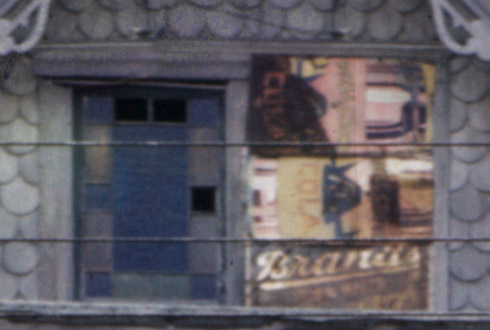
Banana Wagon/House
I remember this place...and thought it was Houston for sure when I saw the mosaic street name and block number on the curb (far right). There are still several of these mosaic street markers left that haven't been destroyed by road construction.
What House?
It seems to be all adornment and very little living space. That's the oddest Victorian I've ever seen.
Color
These are scanned from 4x5 inch Kodachrome transparencies and then color-corrected. It's hard to do better than large-format Kodachromes taken by a professional photographer. Digital has yet to equal that combination.
Does anybody know why the
Does anybody know why the color in these old photos looks so good?
I love the "painted" quality of the colors. Wish I could reproduce this effect in photoshop with my digital camera.
Thank heaven for the FSA
Now you're starting to post some of my personal favorites! I posted an article on FSA photography last summer, the subject never strays far from my heart! Thanks for a great site.
What a house- hasn't seen a
What a house- hasn't seen a coat of paint in years! Look at the attic window covered with an old sign.





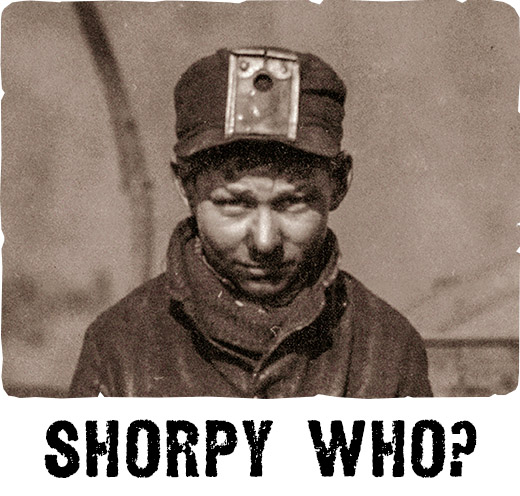
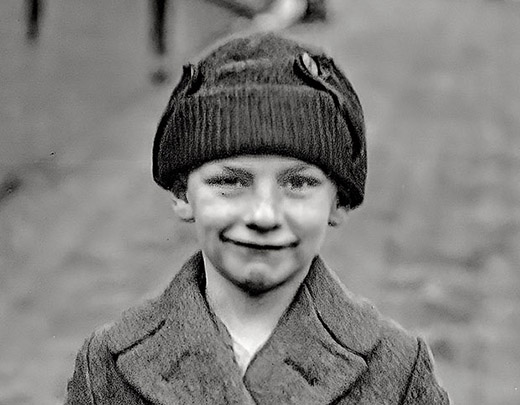
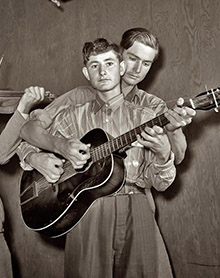
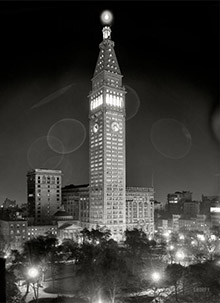
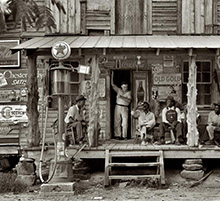
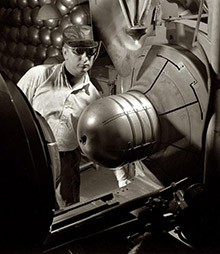
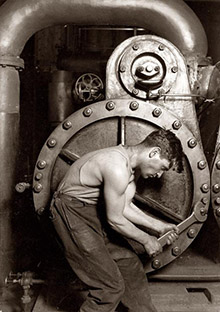
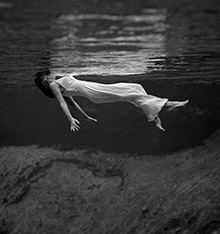
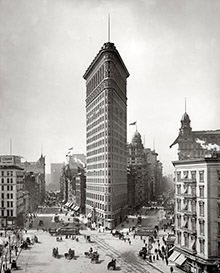
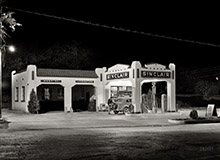
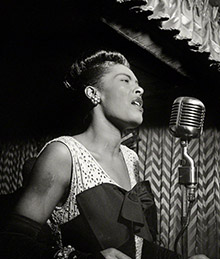
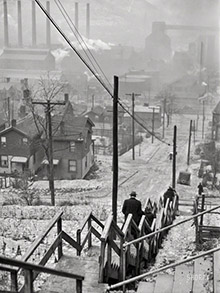
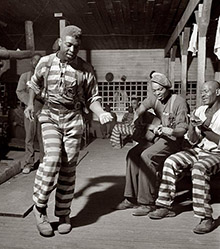
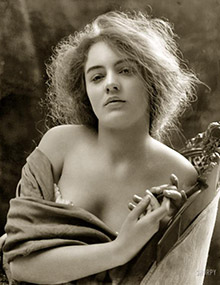
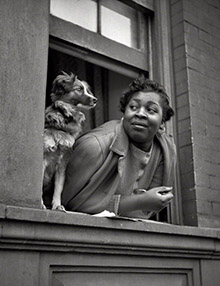
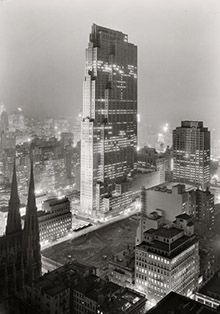
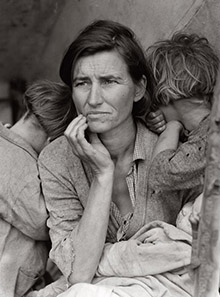
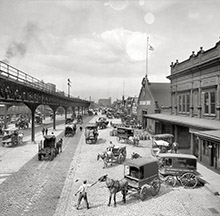
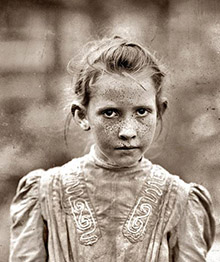
On Shorpy:
Today’s Top 5